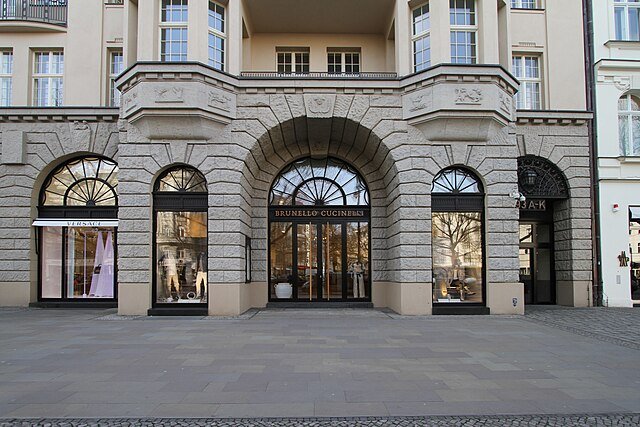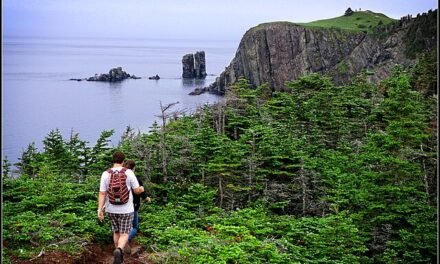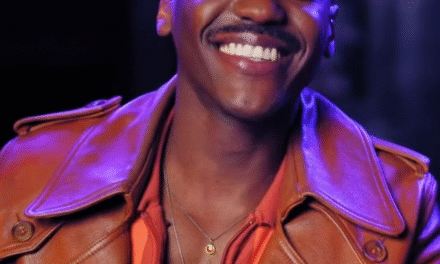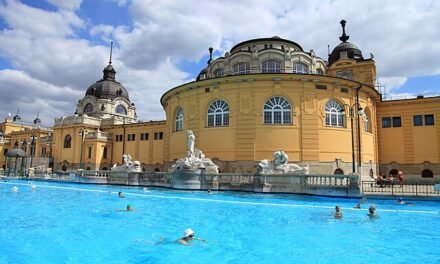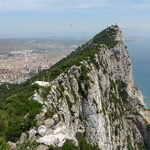On April 3, 2025, Brunello Cucinelli, the Italian fashion designer known for his cozy cashmere sweaters, stood in a university hall in Campania, Italy, accepting an honorary doctorate in architecture. The award, given for his decades-long mission to breathe life back into the medieval village of Solomeo and preserve Umbria’s soul, felt like a love letter to the 71-year-old’s quiet dedication. For the villagers, artisans, and families touched by his work, it was a moment to celebrate a man who builds not just for beauty, but for people.
Cucinelli’s journey in Solomeo, where he lives and runs his company, began over 20 years ago when he saw a crumbling hilltop village and imagined it alive again. Today, Solomeo hums with a restored theater where locals watch plays, a winery where friends share laughter over glasses of red, and a restaurant serving three-course meals workers can actually afford. Through his foundation, run with his wife Federica, he’s poured his heart into Umbria—fixing Perugia’s ancient Etruscan Arch in 2014, sprucing up the Morlacchi Theatre in 2017, and giving Perugia’s cathedral a fresh face in 2022. After the 2016 earthquake shattered Norcia, leaving families heartbroken, Cucinelli helped rebuild homes and hope.
In his speech, called “The Genius Loci,” Cucinelli spoke like a neighbor sharing stories over coffee, quoting an old Roman architect: “Build it solid, useful, beautiful.” He shared how Solomeo’s cobblestone streets feel like home, saying, “We made places for kids to kick soccer balls, for dancers to twirl, for people to just be together.” His voice softened as he added, “We’re just borrowing this world. We’ve got to leave it better for those who come next.” The crowd—students, professors, even Italy’s research minister—hung on his words, moved by his warmth.
Cucinelli’s roots run deep in Umbria. Born in rural Castel Rigone, he grew up in a house with no electricity or running water, learning to cherish the land’s history. His foundation’s school, started in 2013, teaches young people old crafts—sewing, stonework—keeping Umbria’s traditions alive. Soon, a restored 18th-century villa in Solomeo will house a Universal Library, filled with books on art, philosophy, and building, a gift for anyone hungry to learn.
People can’t stop talking about Cucinelli’s impact. A Solomeo baker, Maria, teared up describing how the theater brought her village together: “We used to have nothing. Now we have plays, music, life.” A young mason trained at Cucinelli’s school said, “He gave me a skill, a purpose. I’m building for my kids’ future.” Some wonder if his focus on Solomeo leaves other towns wanting, but his work in Norcia and Perugia shows he’s thinking bigger.
His company’s success—growing from a €530 million valuation in 2012 to €6.5 billion today—lets him give generously, with 20% of profits going to his foundation. In 2018, he sold a 6% stake for €100 million, all to help Umbria’s 700,000 residents. His “humanistic capitalism” means bright offices with views of olive trees, lunch breaks long enough for real meals, and a belief that work should feel human. A Perugia shopkeeper summed it up: “He’s one of us, but he’s building for all of us.”
Cucinelli’s not slowing down. The Universal Library opens in 2024, and Norcia’s rebuilding continues, lifting spirits after the earthquake’s scars. His work sparks curiosity: can others follow his lead, using success to rebuild communities? As he said, “Architecture is for people, for their hearts.” In Solomeo’s glowing streets and Umbria’s healing towns, that heart shines through, leaving everyone wondering what he’ll build next.

